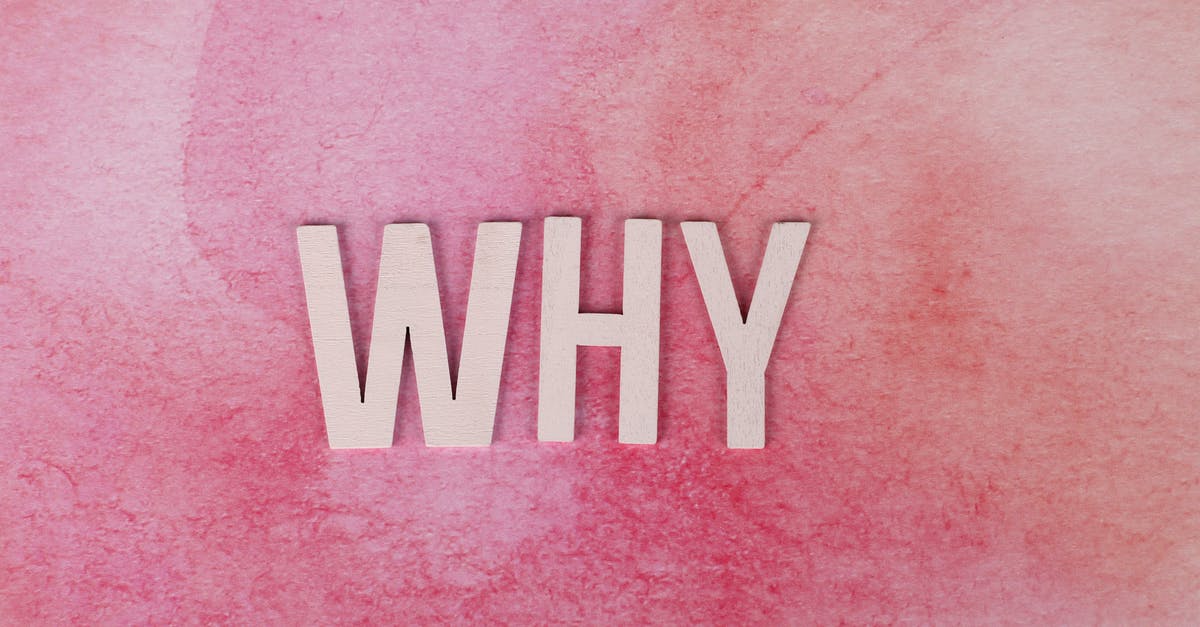Why spend $150 on a skillet

I can buy a 12" non-stick skillet at Safeway for $30. Why would I spend $150-$200 on one? What's the difference?
Best Answer
The primary difference between a cheap skillet and a more expensive one is going to be thickness, both of the sides and the bottom. Thick sides are not really critical, but a thick bottom can be very beneficial, promoting more even heat distribution (eliminating hot spots that can scorch food) and retaining heat. Typically an expensive skillet's bottom will be laminated with stainless steel on the outside and a really good heat conductor like aluminum or copper on the inside.
Heavier pans also resist warping, which is a common problem on thinner, cheaper pans.
Additional differences are things like better handles, ovenproof handles (not much of an issue with non-stick), and sturdier attachment of the handles. Non-stick coatings tend to be of a higher quality and more durable. Overall durability tends to be better, as a pan that is mostly stainless steel will just resist dents and dings better than one that's primarily aluminum.
And of course the more expensive ones generally look nicer, for what that's worth.
Ultimately, it comes down to whether the pan can do the things you want. If you're just scrambling eggs, a light pan will likely do you fine. If you're trying to sear a steak or brown chicken breasts, you may find your pan won't get the job done. Likewise, if you are trying to reduce a sauce in a thin pan, you may find that it boils unevenly and some parts are in danger of scorching while others haven't started to boil.
With all that said, it really is up to you to judge how much more you can spend and still feel it's "worth" the money. You can go through a lot of thin, light Safeway pans for the cost of one better one. I think it's a little wasteful, preferring to get items that will last a lifetime, but we all have our priorities. It's possible to get a pan that has many of the qualities of a $150 pan for substantially less money. A $75 pan is likely to be much nicer than the Safeway $35 special, and may be all the improvement you ever need. Your first couple of forays into pans may leave you wanting a better one each time, but you may stop upgrading long before reaching the $150 level. Going through this once with a do-all pan like a skillet is a nice way to figure out just how nice a pot you personally require before buying a whole set.
Pictures about "Why spend $150 on a skillet"



How much should you pay for a cast iron skillet?
A good cast iron skillet doesn't have to be expensive. On average, 8\u2033 skillets retail for $15, 10-10.25\u2033 skillets for $22.5, and their larger, family-sized, 12\u2033 and 13.25-14\u2033 counterparts for $30-$40.Why should I buy a skillet?
You can saut\xe9, sear, roast, braise, bake, and even deep-fry foods, which makes the skillet one of the most frequently used items in our kitchen. They're oven-safe. If you want to crown a dish with bubbly, melted cheese or top a casserole with pillowy biscuits, a skillet is your go-to.What is special about skillet?
They heat up and stay hot. Cast-iron cookware is unmatched in its heating properties and capacity--which means it gets extremely hot and stays extremely hot. This is important for many reasons, but especially when searing meats to create a nice char, making great hash, or pan-roasting chicken and vegetables.Is it worth getting a cast iron skillet?
Cast iron cookware is worth using in the form of pans, griddles, skillets, Dutch ovens, and other shapes of cookware. The iron holds the heat and spreads it evenly for various types of cooking. A cast-iron pan is an unbeatable kitchen equipment piece due to its functionality, durability, and versatility.Using a $160 Cast Iron For 30 Days
More answers regarding why spend $150 on a skillet
Answer 2
As a general rule, the more expensive skillets will last longer. I've found that the nonstick coating tends to start flaking off within a couple of years on the cheap skillets.
One of the reasons that the expensive skillets are expensive is that they're made with thicker metal. Thicker metal will hold heat more evenly, which means that your food will cook evenly.
In addition, I've found that expensive pots and pans tend to do a better job at insulating the handle of the pot/pan from the heat of the pan. I can hold the handle of my All Clad skillet with my bare hand even after using the pan for half an hour.
An intermediate solution might be to use cast iron. The handles will get very hot, but they're thick metal and will heat more evenly. They require some special care, but they're still fairly cheap. (Under $16 online from Amazon.)
Answer 3
I have to agree with Martha - I use my pans a lot harder than the usual cook - browning large roasts, cooking on outdoor grills, pre-heated to way past the point of smoking - I use cast iron. To this end, I do not belong to the religion of cast iron - I abuse, use soap, abrasives, etc, and often re-season. For lighter things, I use inexpensive non-stick cookware. When it wears out, I toss it. I have $15 Lodge cast iron skillets, I have a deep cast iron skillet from the 1930s, I also have some very cheap non-sticks. The cast iron will outlive me, I am happy if the non-sticks last 2 years. In short, I have nothing against $150 pans, they are just out of my price range. Moreover, I once left my Lodge on an outdoor grill and forgot about it while I walked my dogs. I reseasoned it and still use it. I might have cried if I did that to a $150 pan.
Sources: Stack Exchange - This article follows the attribution requirements of Stack Exchange and is licensed under CC BY-SA 3.0.
Images: Ann H, Andrea Piacquadio, Andrea Piacquadio, Angela Roma
